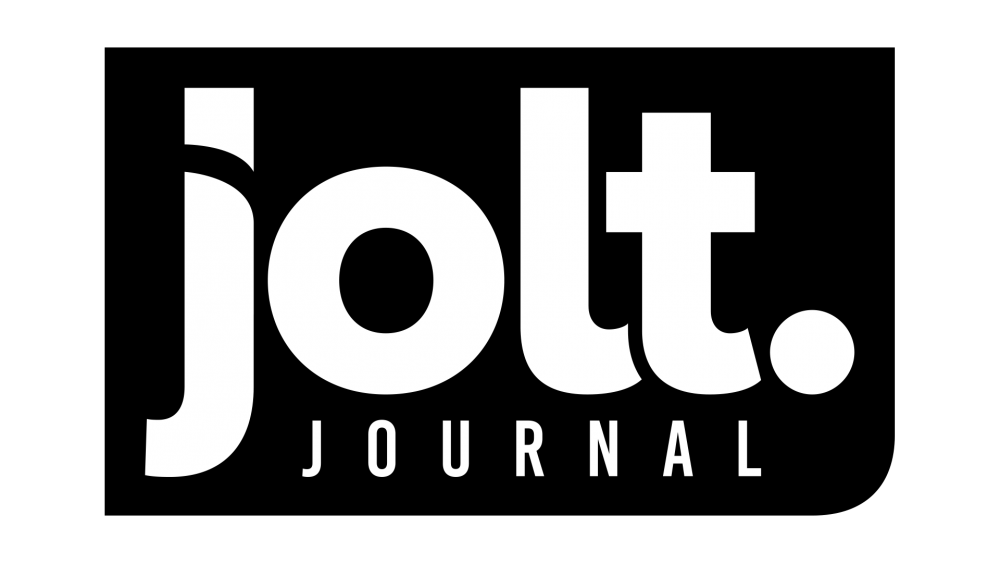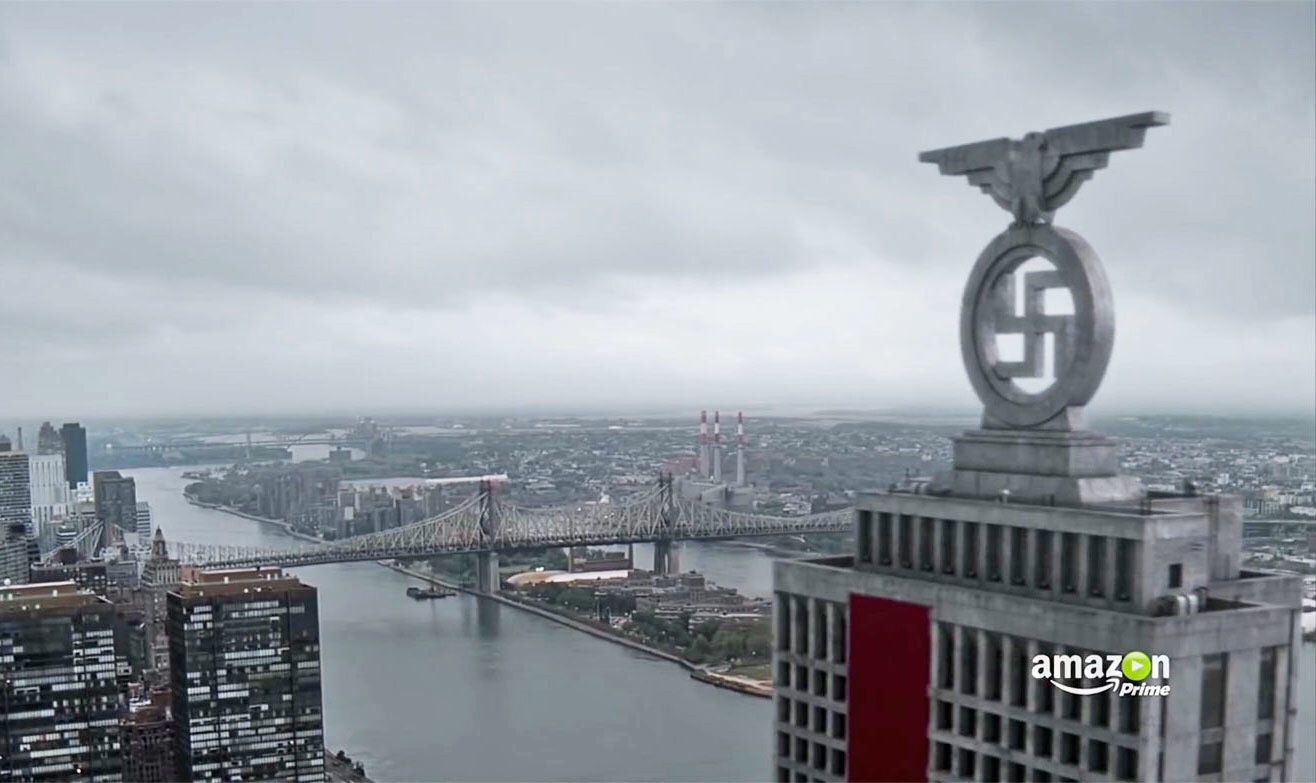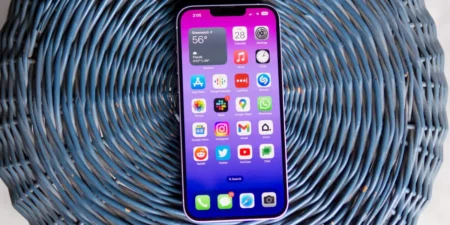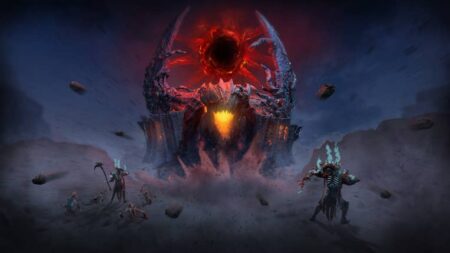Amazon tends to keep its sales figures under wraps, so we normally don’t know how well the company is doing. Reuters managed to get their hands on leaked documents, and if true, will give us some details into Amazon’s Prime Video business. Generally, you may think that if a company is staying quiet, it’s because their projects are flopping, but that’s certainly not the case with Amazon.
According to the documents obtained by Reuters, the first season of Amazon’s The Man in the High Castle was watched by 8 million people in the US. To put it into perspective, that’s better than the last few episodes of AMC’s The Walking Dead, which saw ratings of 6.8 million for its most recent episode. Speaking in terms of basic cable ratings, they’re even more volatile — TWD’s mid-season opener had 8.3 million — but keep in mind that Amazon’s intent is a bit different to AMC.
For the people that watch High Castle, they have to subscribe to Prime membership. If Amazon encourages more people to sign up for Prime than it costs to make the show, the company is winning. According to the report, 1.15 million people chose to sign up for Amazon’s Prime service to watch the show. That is a lot of people.
People familiar with the matter say that Amazon considers the first Prime Video show you watch as one of the reasons why you signed up. Then, the company basically works out how many other people did the same, divided by its budget, and come up with a cost per signup for each show. Another example from the report we’ll talk about is The Grand Tour, which the company thinks compelled 1.5 million people to sing up at a cost of $49 per subscriber.
Not everything goes well though. Awards for shows may generate attention, but it doesn’t necessary mean that it will translate into ratings (or signups) gold for shows like Transparent. For the third season of the drama, it got respectable 1.3 million views, which put it on par with HBO shows that aren’t Game of Thrones. On the other hand, there’s Good Girls Revolt that had 1.6 million views, but only 52,000 people signed up for the service because of it, explaining why the company decided to kill it off after one year.





